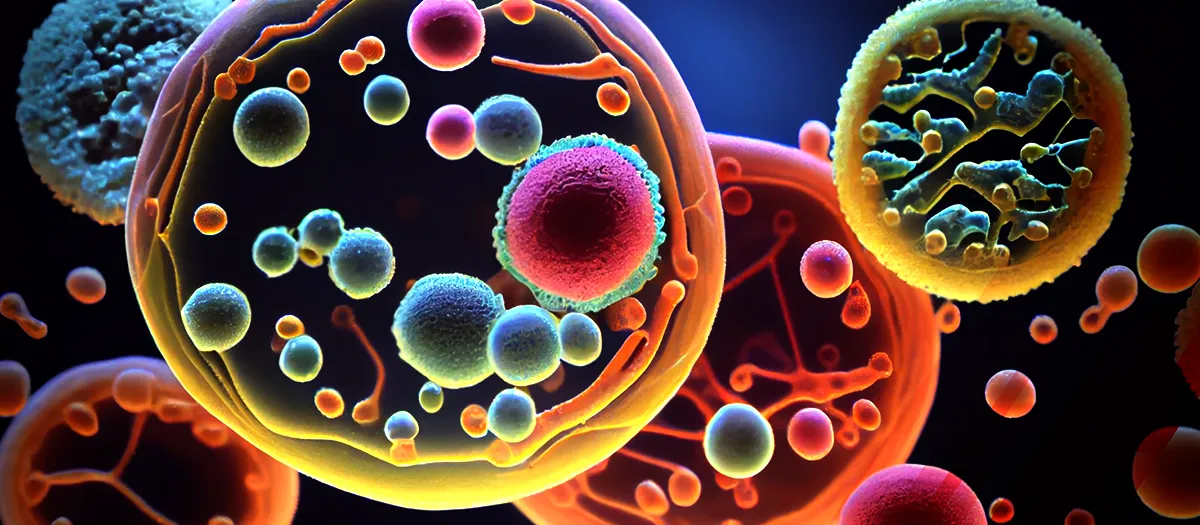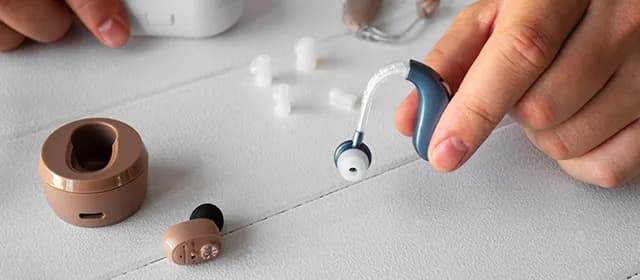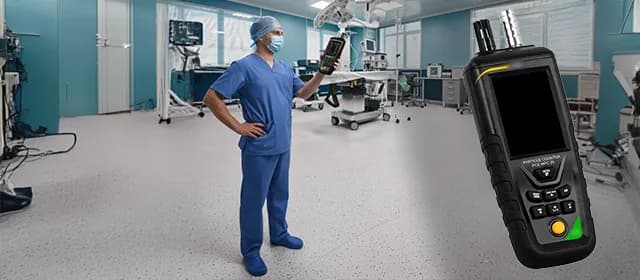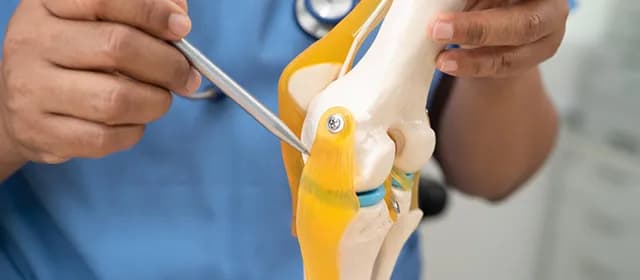The human body is composed of trillions of cells, which are the fundamental units of life. In this enormous network of cells, primary cells are the original building blocks of the human body. From making up our tissues and organs to carrying oxygen in the blood, fighting off infections, or helping our skin stay healthy, these cells play a pivotal role in the body.
So, let's get started and understand the intricate functioning of these cells.
What are Primary Cells?
Primary cells are cells taken directly from living tissue, such as biopsy material, and established for growth in vitro. These cells undergo very few population doublings and, hence, are more representative of the main functional feature of the tissue from which they are derived.
These cells from different species may be utilized, allowing for the identification of potential differences between preclinical test species and humans. They are terminally differentiated cells that can be isolated from the tissue or organ of interest, often obtained from a biopsy, and consist of a heterogeneous population of cells that are representative of the tissue area.
As these cells have gained prominence in biological research and studies, according to Kings Research, the global primary cells market is likely to be valued at $2.88 billion by 2030.
Main Types of Primary Cells
Below are some of the main types of primary cells used in biological research:
- Epithelial Cells: These cells form the linings of organs and body cavities, and they are involved in absorption, secretion, and protection.
- Fibroblasts: Fibroblasts are the most common cells of connective tissue in animals and play a critical role in wound healing.
- Melanocytes: These cells produce melanin, the pigment responsible for hair, skin, and eye color.
- Keratinocytes: These cells are found in the epidermis and the outermost layer of the skin, and are responsible for producing keratin, a tough protein that provides protection.
- Endothelial Cells: These are vital cells that streak the internal surface of lymphatic vessels and blood vessels. Their main purpose is to form an interface between circulating blood in the lumen and the rest of the vessel wall.
- Muscle Cells: Muscle cells, or myocytes, are specialized cells that make up muscle tissue and are responsible for muscle contraction.
- Hematopoietic Cells: These cells give rise to all the other blood cells through the process of hematopoiesis.
- Mesenchymal Stem Cells: These cells can differentiate into a variety of cell types, including osteoblasts (bone cells), chondrocytes (cartilage cells), and adipocytes (fat cells).
Primary Cells vs. Cell Lines: What's the Difference?
These two are distinct in several key aspects. Here is a brief overview of it:
Primary Cells:-
- These cells are directly isolated from living tissue, maintaining the characteristics and functionality of the tissue from which they are derived.
- They closely mimic the in-vivo environment, providing a more accurate representation of physiological processes and responses to stimuli.
- These cells are more sensitive and require specific culture conditions making them more challenging to maintain in vitro.
- They are preferred for studies requiring biologically relevant data and accurate representation of tissue-specific functions and responses.
- They are preferred for studies requiring biologically relevant data and accurate representation of tissue-specific functions and responses.
Cell Lines:-
- Cell lines are typically derived from primary cells but have undergone genetic modifications or immortalization, resulting in altered characteristics and behavior.
- While useful for certain applications, cell lines may exhibit genotypic and phenotypic variations that deviate from the original tissue, potentially leading to less accurate in vivo representation.
- Cell lines are strong and easier to maintain due to their genetic modifications or immortalization, allowing for longer-term culture and propagation.
- While valuable for certain experiments, cell lines may not fully replicate the in vivo environment and may not accurately represent the original tissue's characteristics and functions.
- They are commonly used for high-throughput screening, genetic manipulation studies, and long-term culture due to their robustness and ease of maintenance.
3 Advancements Reshaping Primary Cells Biology
Below are the latest inventions in the field of primary cell biology:
1. Single-Cell Technologies
Primary cells have been significantly used in sequencing and microfluidics. Advancements like single-cell technologies show potential for enhancing the feasibility and accuracy of single-cell research. This advancement has provided profound insights into cellular makeup and molecular processes.
In this field, an ultrahigh throughput microfluidic platform for SiC-seq (single-cell genome sequencing) has been developed, utilizing droplet microfluidics to amplify, isolate, and barcode the genomes of single cells. This method allows for the sequencing of over 50,000 single cells per run, enabling deeper and more complete profiling of cell populations.
2. 3D Culture Systems
The use of 3D culture systems for primary cells has gained attention, offering advantages in mimicking in vivo conditions and facilitating the validation of phenotypic morphology, gene expression profiling, and proliferation assays. These 3D scaffolds have shown potential for overcoming the limitations of traditional 2D culture systems.
For example, 3D Cultures, a renowned biotechnology company, uses 3D bioprinting to transform the fields of regenerative medicine and drug discovery. It combines 3D printing technology with cell biology and tissue engineering techniques to develop innovative solutions for regenerative medicine and drug discovery in biomedical applications.
3. Tissue Engineering and Automation
Integrating emerging technologies into tissue engineering workflows, such as automated culture systems and precise tissue engineering, has transformed primary cell advancements. This approach, used to construct constructs tailored to individual patient needs, has shown promise in advancing tissue engineering protocols.
In this very field, Avery Therapeutics, a US-based startup, is leading the way in tissue engineering and automation, developing innovative solutions for medical professionals. Its work in tissue engineering has significant implications for medical applications, including the development of tissue-engineered grafts to treat coronary heart conditions and normalize blood flow to the heart muscles.
What Does the Future Hold for Primary Cells?
Primary cell research has witnessed remarkable progress, thanks to emerging technologies and methodologies. From the innovative use of microfluidics for single-cell sequencing to the development of 3D culture systems and advancements in tissue engineering and automation, the potential for groundbreaking discoveries in this field is immense.
As researchers continue to push the boundaries of what is possible, the applications of primary cell research in regenerative medicine, drug discovery, and precision oncology are becoming increasingly promising. As we look to the future, the continued evolution of primary cell research is poised to revolutionize the biomedical landscape, offering hope for more effective treatments and personalized medicine.




